|
2011-10-08 20:11:41 (5620 views) 

2011-10-07 19:49:37 (6233 views) http://en.wikipedia.org/wiki/Chastity_cage
(under related items)

2011-10-06 05:04:18 (6884 views) Code breaking involves methodically searching for regularities and statistically improbable patterns. But often, it's an unexpected intuition that allows one to make the jump from the noisy realm of the Code, and see the data from the context of a new domain. The expert code breaker does not like to rest until he has covered all the bases, and gotten to the bottom of the puzzle.
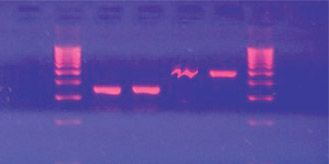
Because sometimes, silence is just as telling as words.
And sometimes, life itself is a code...

2011-10-04 18:50:25 (6760 views) 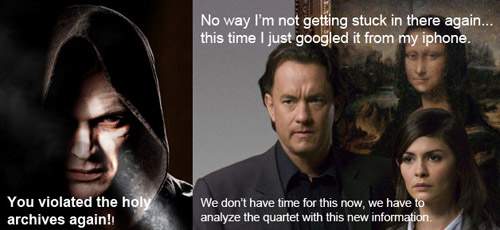
As CB351 points out,
The earliest known letter notation in the Western musical tradition appears in the textbook on music De institutione musica by the 6th-century philosopher Boethius.
The letter names are sometimes called the "Boethian notation" after Boethius, a Roman writer and statesman who lived in the 5th century. He was in the service of Emperor Theodoric, was accused of treason and executed in the year 524 A.D. He was the first to document the use of letters as names for notes.

2011-10-03 17:11:43 (6921 views) Thanks to McSlavey for leading us to the resting place of Severinus Boëthius (ca. 480–524 or 525 AD). Boëthius was a philosopher of the early 6th century. He was born in Rome to an ancient and important family which included emperors Petronius Maximus and Olybrius and many consuls.
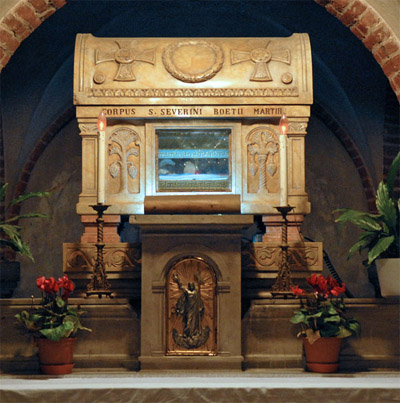
Here, we find a copy of his "De institutione musica", the first book to ever describe a unique and very familiar notation.


2011-10-01 23:03:23 (7336 views) A certain person surely knew the key to decoding clue #4; unfortunately though, he has taken it to his grave long ago!
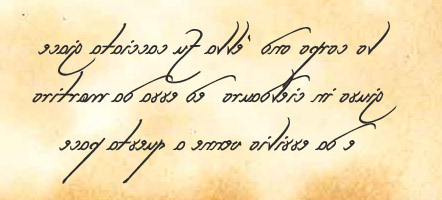
Perhaps we can take a trip through Lombardy, to try to find out more about this key figure. Here's your ticket.
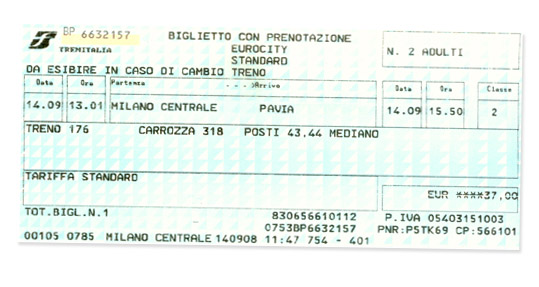
 |



